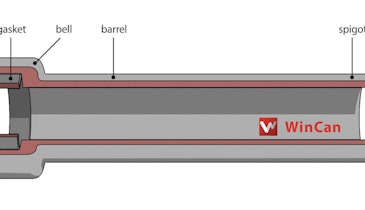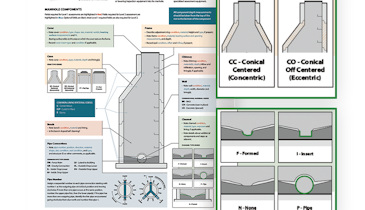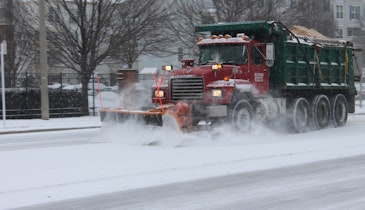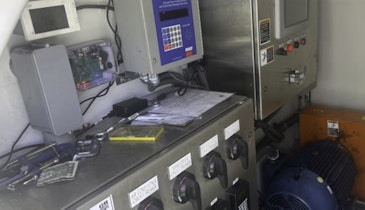For infrastructure operators in the city of San Clemente, California, efficiency is a way of life.
Four years ago, the city utilities division in this coastal town of around 70,000 transitioned from a largely analog CCTV assessment process to an integrated, data-driven inspection solution. The division ensures water, sewer and drainage services as well as regulatory compliance, and its adoption of WinCan transformed the operation.
Workers who had once generated vast amounts of paperwork and DVDs began submitting clean, digital data. PACP data certification became easier, and reporting was automated. Regular syncs with the community’s GIS solution ensured mapping accuracy. Data from the old paper CAD atlas was converted and transferred into Esri’s Local Government templates, where it could easily be fine-tuned, developed and applied.
An integrated workflow
Yet San Clemente also attributes its wastewater management success to WinCan’s ability to integrate inspection data and workflows with Lucity’s enterprise asset and work management platform. The city has used the integration to optimize its life-cycle management programs, improve service levels, maintain regulatory compliance and be more responsive to the needs of its residents.
WinCan inspections can be brought in as recommended work orders for informing and executing both preventive maintenance and capital planning, resulting in a complete feedback process that offers real-time dashboard visibility and management reporting capabilities.
The sewer inspection team runs Lucity alongside WinCan to support its workflow. As the camera team inspects pipelines, workers can log PACP-certified observations and flag areas of concern. That data is imported into Lucity, where it automatically generates work orders and alerts for designated codes.
“We made a workflow for our engineers,” says Elmer Catapang, San Clemente’s computerized maintenance management system coordinator. “Instead of someone spending hundreds of hours viewing video and identifying things to work on, they are automatically filtered.”
Damage that used to take a year to be inspected, reviewed, added to the queue, and repaired can now be addressed in a two-week period, which leads to less costly repairs, fewer crises, and fewer claims from property owners.
Visibility and accountability
By connecting the field crew, engineering and repair teams, the WinCan- Lucity system allows everyone to track rehab projects. Inspectors are confident that the things they video are being repaired, and engineers know they’ll have quick, easy access to the right footage when they need it.
Increased visibility in both the wastewater system itself and the department’s practices also allows the city to plan more effectively. “The system makes sure we’re proactive in inspections and schedule projects to minimize corrective work,” says Ken Knatz, who was the principal civil engineer and asset manager for the San Clemente Public Works Department during the program’s early years. The city has also found WinCan to be a valuable budgeting tool.
The team knows that managing risk through preventive maintenance is cumulative. By addressing minor problems now, they’re avoiding community and financial crises that might occur in the future. And it’s an effort that — thanks to the interdepartmental integration of WinCan and Lucity — all stakeholders can understand, see and support.
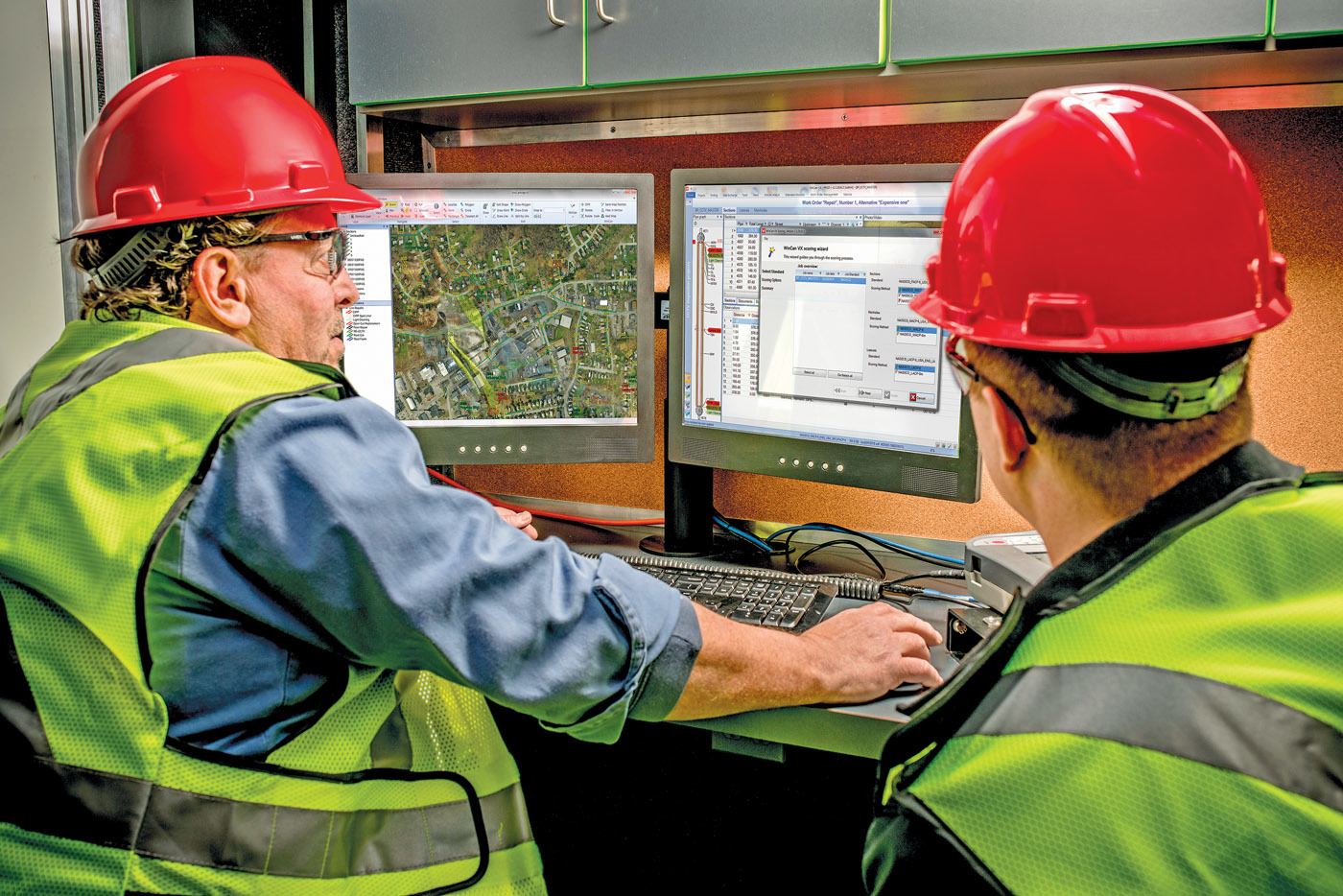
WinCan was the original pipe inspection and asset management software when it entered the market in 1990. WinCan transforms raw inspection data into the intelligence municipalities and contractors need to make critical maintenance decisions.
877-626-8386 | www.wincan.com

